Rigger Gloves - everything you need to know before you buy
Construction workers, landscapers, forestry workers, warehouse operatives, engineers and even road-workers need different types of gloves due to the safety elements featured in each one. This is especially important for rig workers as the work onboard requires a number of areas to be covered.
It is possible that rigger gloves are not the best option for you or your staff, so here is what you need to know before buying rigger gloves.
What are Rigger Gloves?
Rigger gloves are a type of work glove, usually reinforced with a leather palm and a backing of fabric with a leather strap to protect the knuckles.
Originally designed for oil rig workers (hence the name riggers), just like rigger boots, they are loose fitting in order to be easily removable in case of emergency and an essential part of a Rigger's workwear.
But don't let the name fool you, a rigger's glove is a handy item to have to hand!
Most riggers come in a one size fits all sizing and although they are designed for rigging and cable pulling, they are suited for a number of different working tasks.
Often considered a "General Handling Glove" you will find a pair of riggers on a variety of different work sites as they are designed with strenuous, heavy-duty work in mind and made for continued use and heavy-duty work.
Comfortable and Breathable Gloves
An important aspect of glove comfort is breathability. The last thing you need is to be constantly having to take your gloves off so your hands can escape the heat.
That is why features such as a cotton backing which improves breathability and ventilation to provide cool air through to the hands. This allows workers to remain comfortable without needing to continue taking their gloves off.
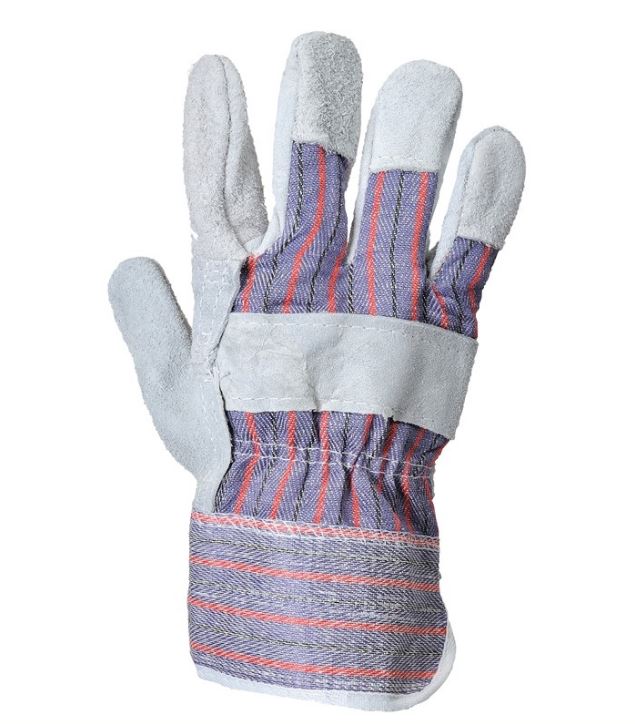
Rigger Gloves Bulk Buy: the more you buy the more you save!
Durable and Long-lasting Gloves
This is what separates the most work gloves from the rigger options.
Most work gloves are not designed to be continually used in construction, heavy lifting or even agricultural types of work. Eventually, the condition of the gloves worsen and they stop providing the necessary safety elements required to keep your hands safe.
That is why durability is a feature you need to consider before selecting a Rigger glove for work tasks. It is also more cost-effective.
The type and quality of leather the gloves features is an important aspect of the durability. The poorer the quality, the less durable they will be.
Instead, source rigger gloves which are made with premium quality leather to give them a prolonged life, even when you use them in strenuous tasks on a daily basis.
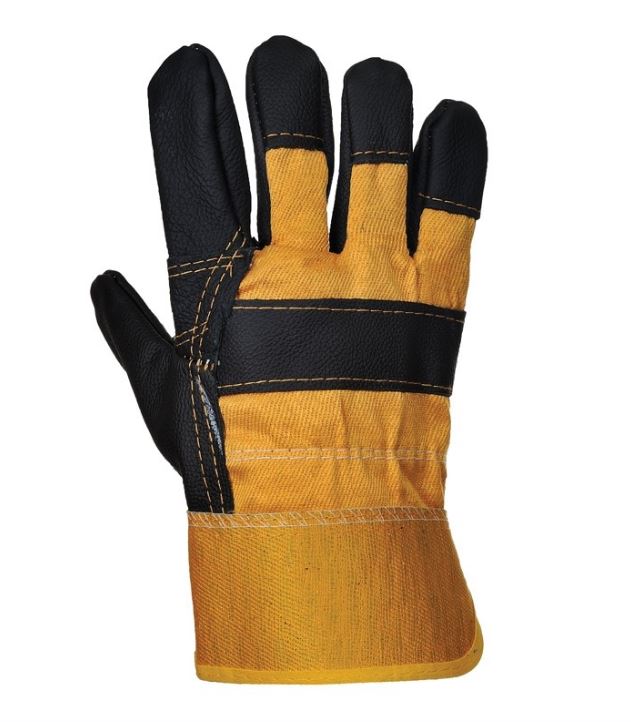
These Leather Rigger Gloves are exceptionally high quality for a very low price
Hand, Finger and Knuckle Protection
The most important feature of all hand protection is the level of protection the glove gives the wearer. Although seeing 'protection' labelled alongside the gloves is a good starting point, you should look for gloves that have more advanced safety features such as reinforced patches for protecting veins or knuckles and forefingers.
Hands can be in danger in any area and when they least expect it. By looking out for these safety features, you're ensuring that your workers wear the safest gloves possible.
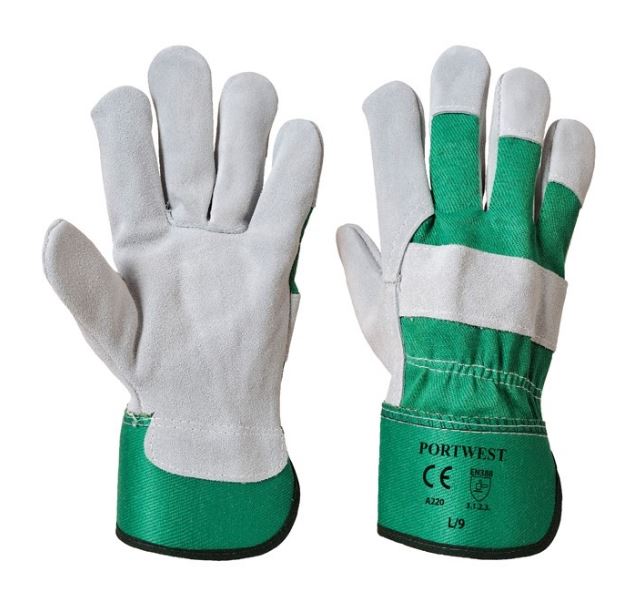
Our customers say these are the best rigger gloves they have used
Palm Protection
For some tasks, more protection is required on the palm of the hand, thumb and forefinger than anywhere else. A Doubled layered palm rigger would be ideal for scenarios where there is more handling of unfinished metals or timbers.
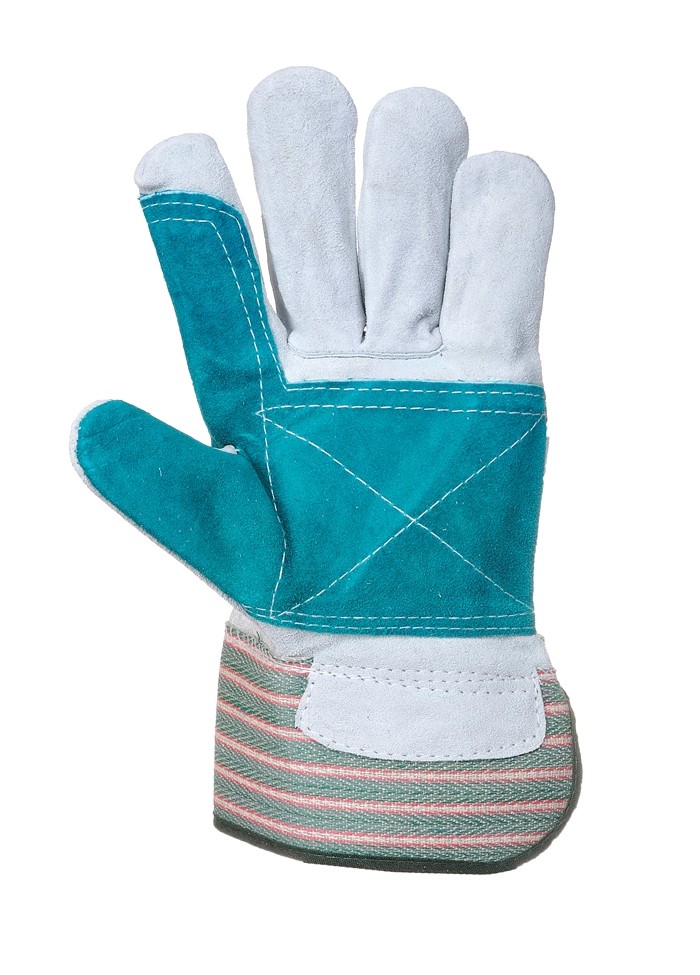
These are considered Heavy Duty Rigger Gloves
Good Grip and Fit
The gloves you select can have all of the other features mentioned, but they might be considered useless if they have poor grip or if they fit your hands poorly. A proper fit and a safe grip are essential, particularly for heavy lifting, handling unfinished metals and in the construction industry.
Poorly fitting gloves can restrict movement resulting in muscle aches, blisters and cramps which can rule you out of more work, or at the least degrade your working conditions.
Look for seams across the palm and across the back of the glove as they are usually more comfortable and provide a more exact fit.
To ensure the gloves fit perfectly and are not at risk of falling off or slipping while you work, consider looking out for gloves that have a hook and loop fastening on the wrist band.
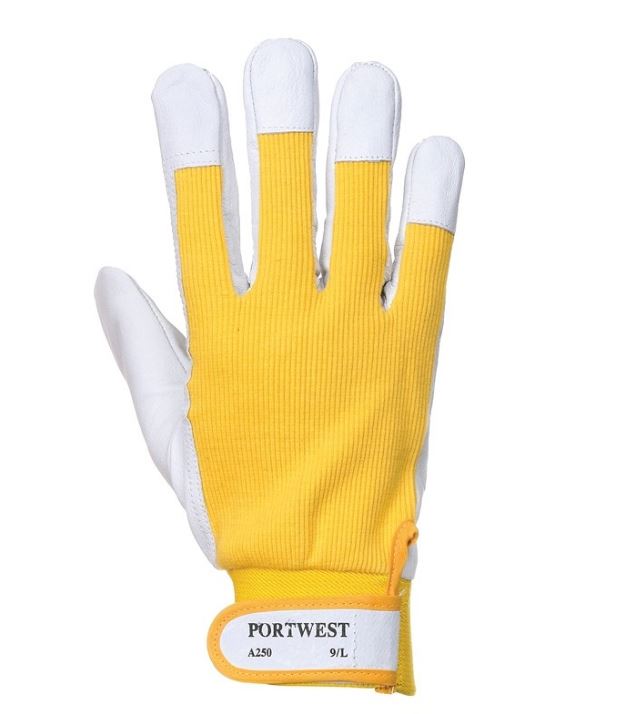
These may be a good alternative if you are looking for Waterproof Rigger Gloves... which don't exist.
Insulated Rigger Gloves
Finally, gloves which are insulated are a must for when you are working in the unpredictable British weather. As highlighted in the first point, gloves that are comfortable and breathable are needed - so ventilation is a good feature to look out for. However, in those colder conditions, they might not be the best choice to wear as hands can get cold making it more difficult to work comfortable, efficiently and safely.
Whenever you are working in cold environments, you should work with gloves that are insulated and even feature fleece lining for added warmth.
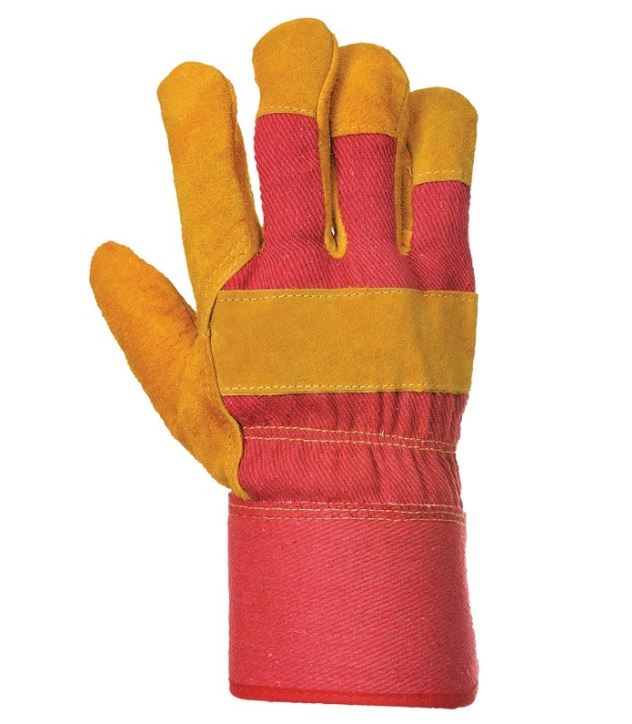
These are a fantastic alternative to Wool Lined Rigger Gloves, which can shrink when wet
Before You Buy Rigger Gloves
By checking for all of these features, you'll be in a much better position when it comes time to purchase the right type of rigger gloves for the task at hand.
Safety should not be an afterthought, so taking everything above into consideration, make sure that you do need Rigger Gloves and not a more specialist form of hand protection for your work tasks.






